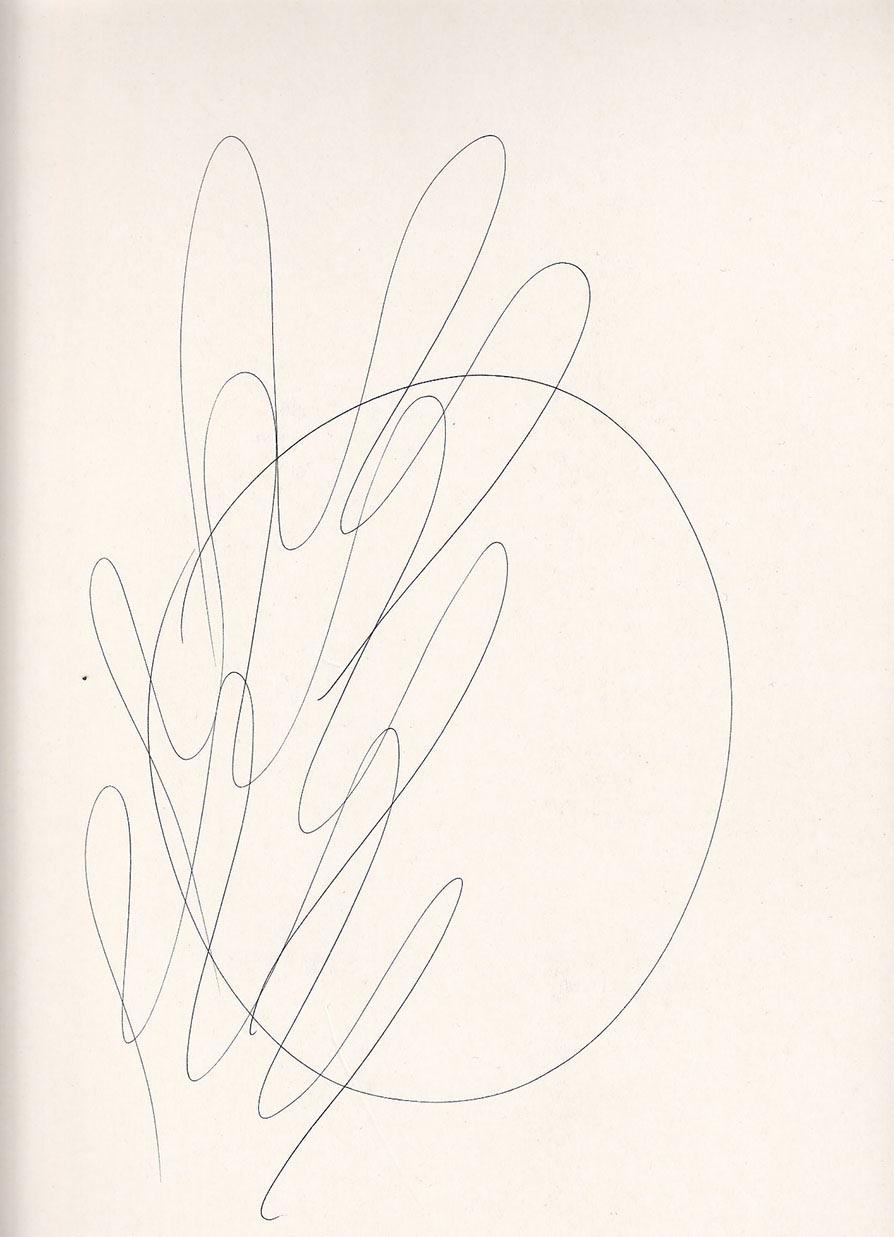
Hand Reading Studies
For 'A Studio in Hand-Reading: Charlotte Wolff' Valentina Desideri transformed Kunstverein’s space into a Studio – a place that generates knowledge through different modes of being together. Throughout the exhibition, Desideri invited participants as well as visitors to gather for readings and in study.
The Studio – and its bar – were open for readings during Kunstverein’s regular opening hours and punctuated by weekly contributions to the study by the invited guests and artists. 'Handreading Studies' picks up where the project left off, bringing together a variety of materials and publications that were generated in or reverberated from the Studio.
Language: English







